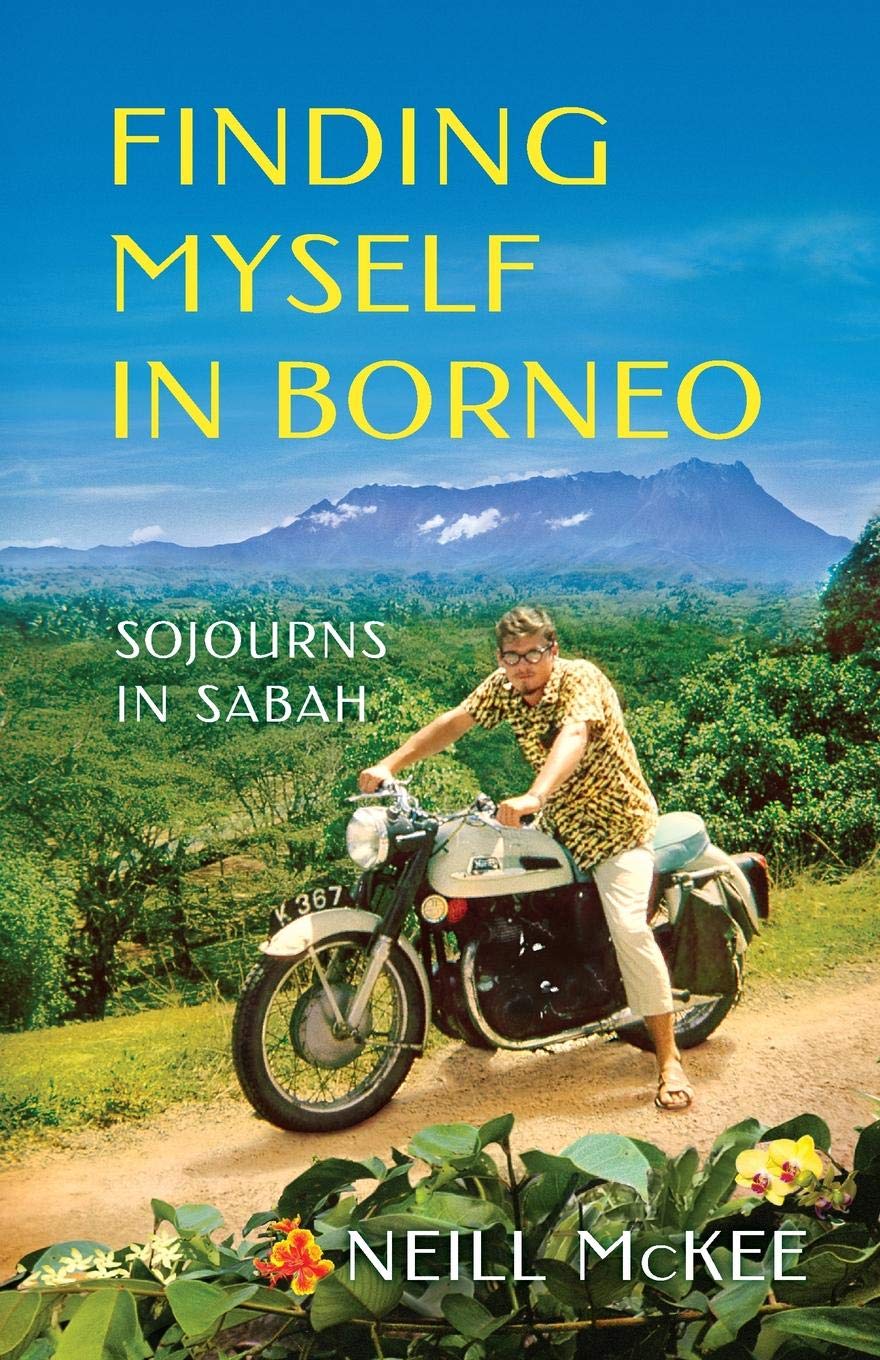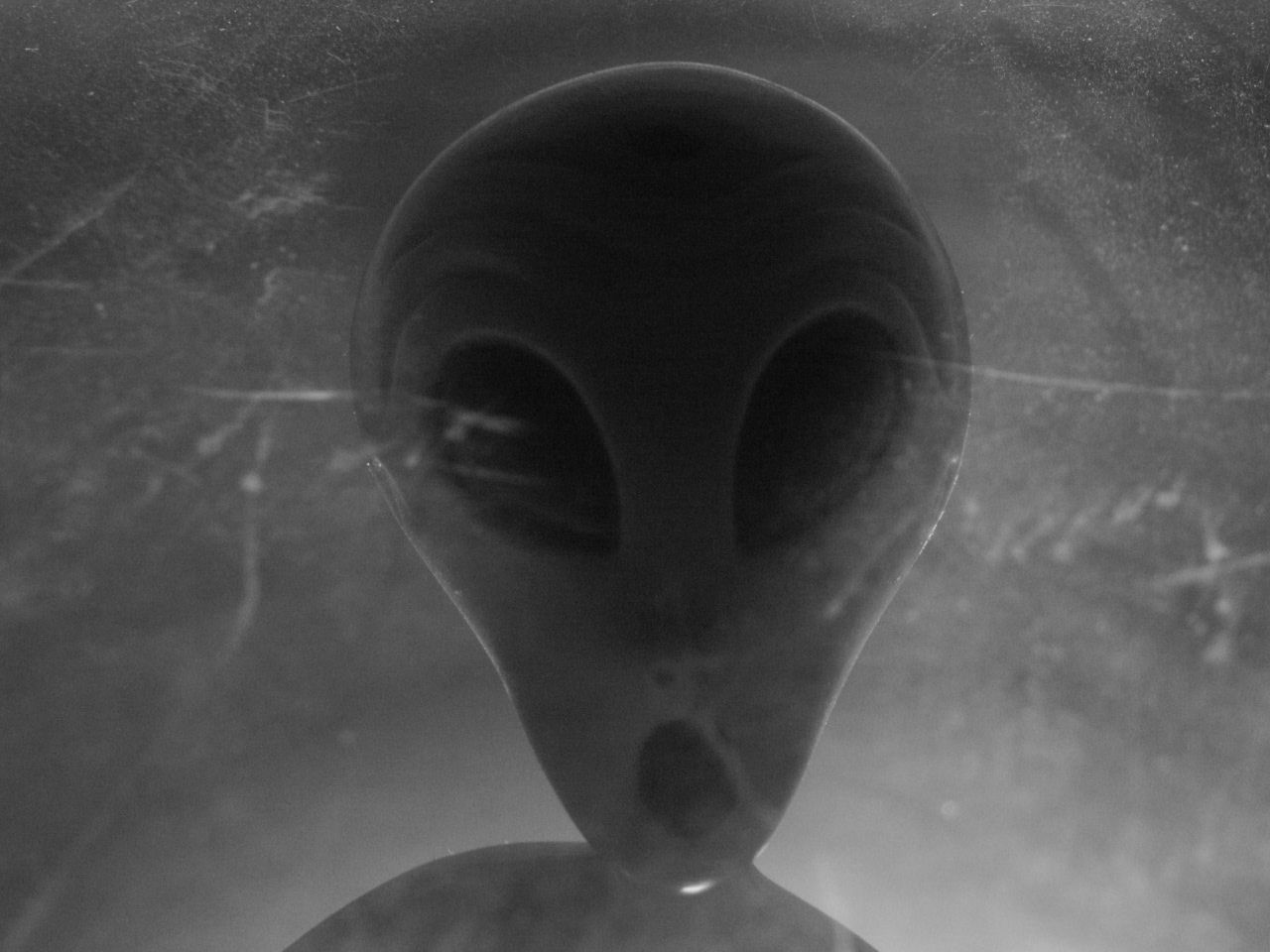
Today I’m proud to be hosting Neill McKee on my blog! He’s going to be sharing three elements of imagination in his writing of the book “Finding Myself in Borneo.” Be sure to check out what the book is all about by visiting this post here.
—- Post by Neill McKee —
1. Childhood imagination comes true: In the beginning of my travel memoir, I explain how, as a child, I imagined escaping from my chemically polluted home town in Ontario, Canada. I saw mysterious shapes on a distant hill beyond the chemical factory and I imagined them to be rhinos, elephants and other wild beasts of a more verdant and inviting land. I called the place “Africa,” but little did I know then that they were a foreshadowing of my future years on the Island of Borneo. As a young adult, I became more and more interested in Asia, rather than Africa, when I studied Zen Buddhism. Somehow, I wanted to get to Asia. Near the end of my last semester in 1968, I saw a poster on my university campus about teaching overseas, had an interview the next week, and almost like magic, I found myself as a high school teacher in Sabah, Malaysia (North Borneo) a few months later.
2. Borneo magic: The people of the small town I lived in, Kota Belud, were from three main cultures with many different religions and languages: native Kadazans (animists and Christians) who arrived in Borneo from mainland Asia, thousands of years ago; Bajau (Muslims), former “sea gypsies” who migrated from the Southern Philippines and Indonesia in the last hundred years or so; and overseas Chinese (mainly Buddhists and ancestor worshippers) who spoke about seven different Chinese languages or dialects. Fortunately, the lingua franca was Malay—a relatively easy language to learn—and, at the time, the school’s medium of instruction remained English. This confluence of so many cultures and oral traditions led to me learning about many myths and magical tales, some of which I have interwoven in the stories of my book. I included accounts of ghosts, spirits, creation myths, and magic spells, including some sexual in nature, a pugai in Malay, used by the community to explain a person’s sudden change in behavior or fortune. I detail such a magic sexual spell that was believed to be the cause of the death of our Australian school principal, who had converted to Islam and taken a second native wife, probably without telling the one he left in his home country.
3. My imagination ran wild too! I think it was this magic environment that helped with the creation of the North Borneo Frodo Society (NBFS). I lived in the shadow of Sabah’s Mount Kinabalu (the “Lonely Mountain”), the highest mountain in Southeast Asia (13,435 feet or 4,095 meters above sea level) and the only one like it in the whole of Borneo. In late 1968, my American Peace Corps buddy and I experienced an overpowering revelation (with a little hallucinogenic help!). We realized that Kota Belud was most likely J.R.R Tolkien’s Rivendell. We developed our main theory: North Borneo is really the Middle-Earth of Tolkien’s famous trilogy, Lord of the Rings. We carried on our research for the next two years: developing comparative maps, discovering the remains of Mount Doom, uncovering stories of an “oily man” (Gollum) who slinks in shadows of Kota Belud on moonlit nights, frightening local residents. We employed a Bajau man to forge small NBFS swords, still used by natives who live in the hills near the mountain. Through correspondence, people joined our society from all around the world. We wrote to Tolkien’s publisher and the great author became a patron of the NBFS, one of two he joined, so we later learned in a letter from the Tolkien Society of London. We even made it into his biography! Our efforts created new urban legends and myths which continue to be created and passed on today.






Intriguing!